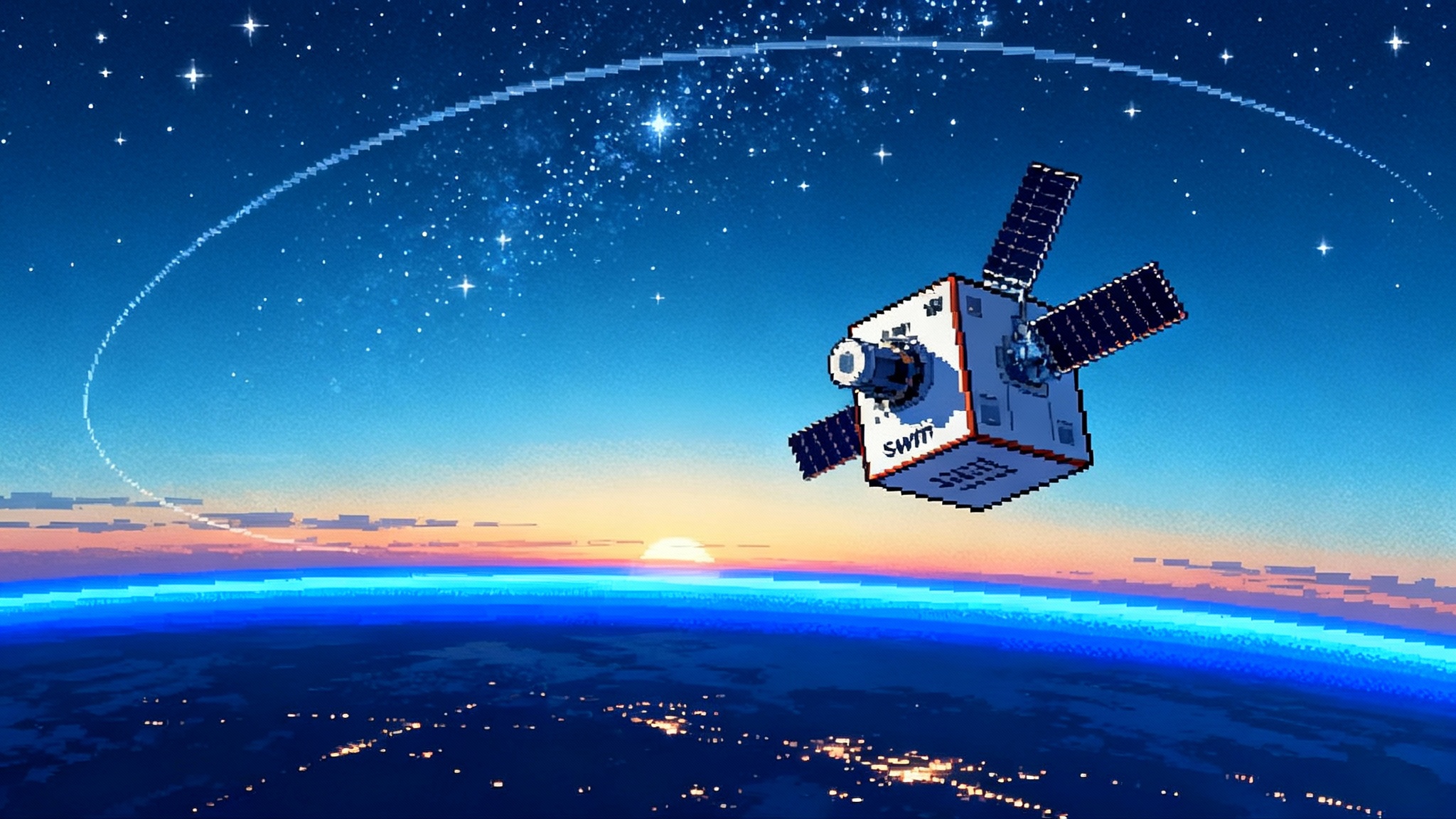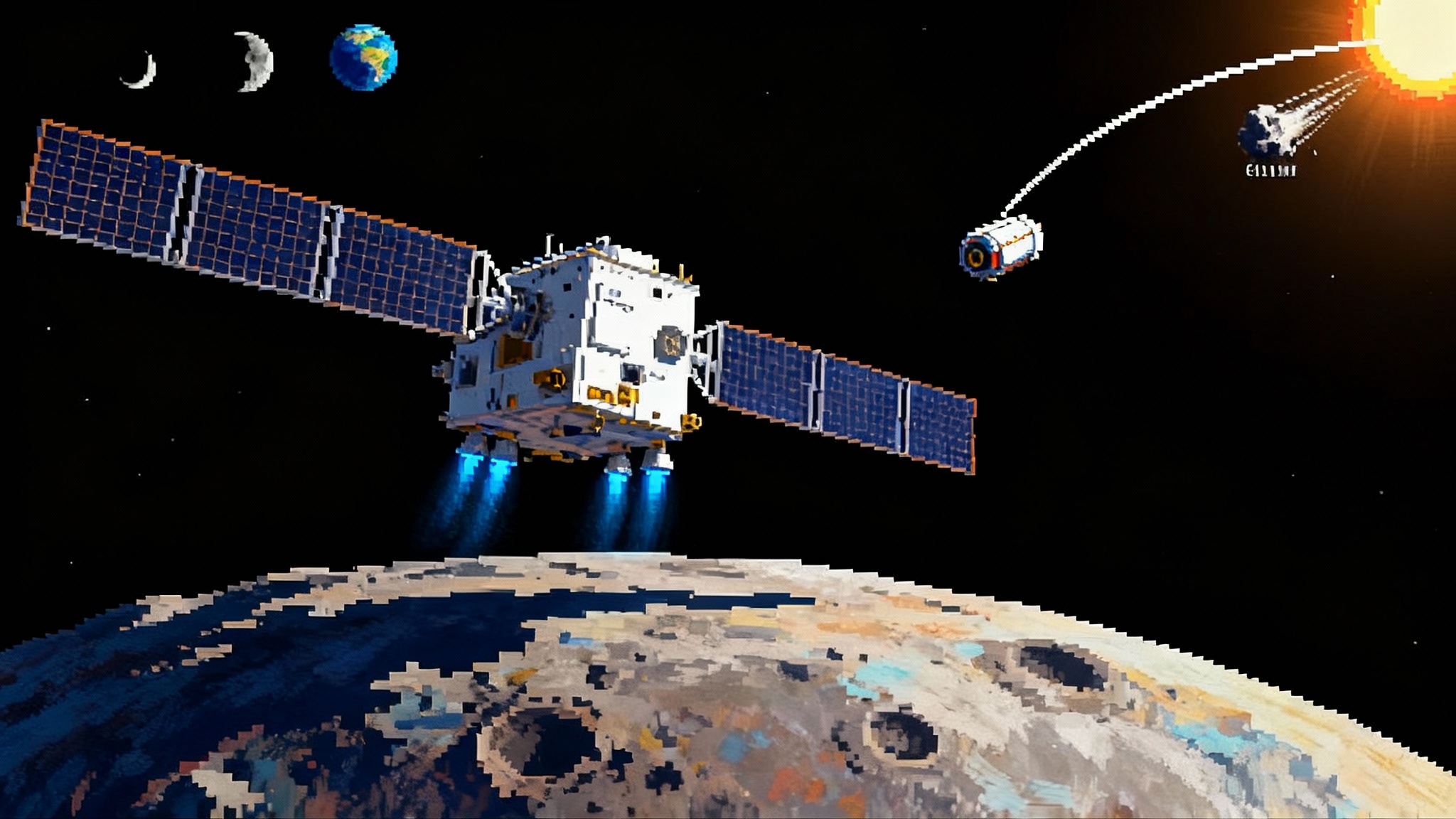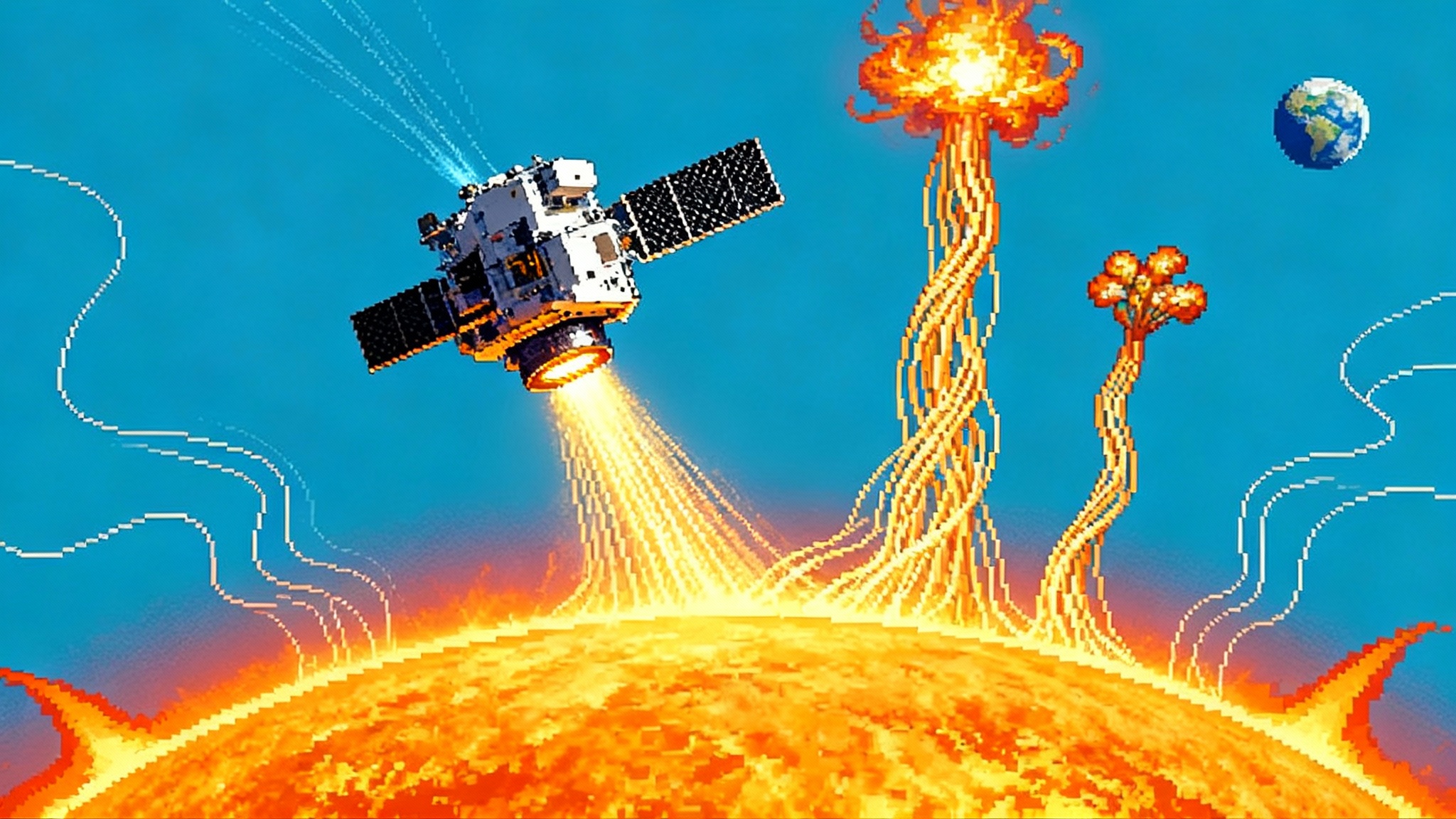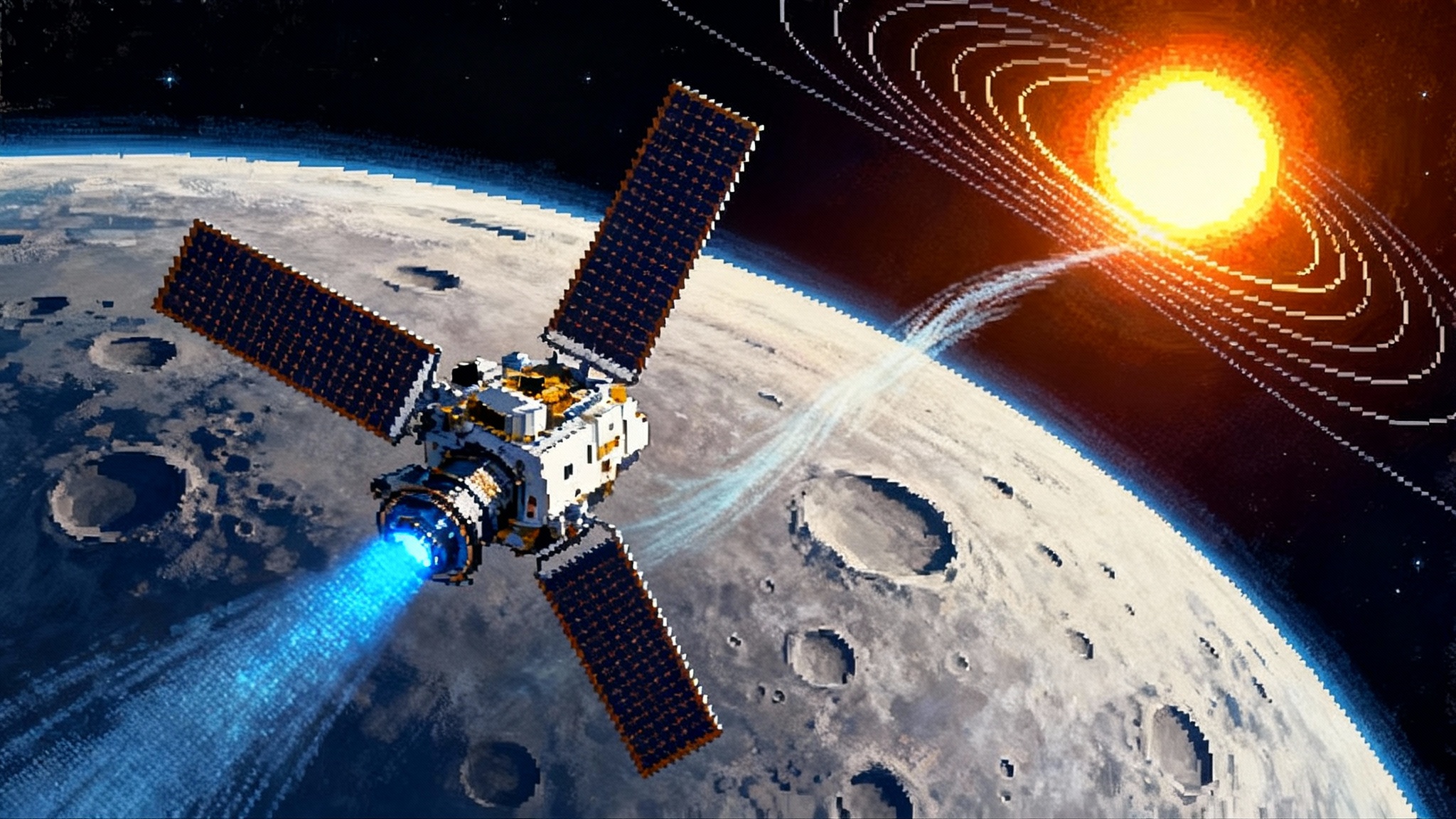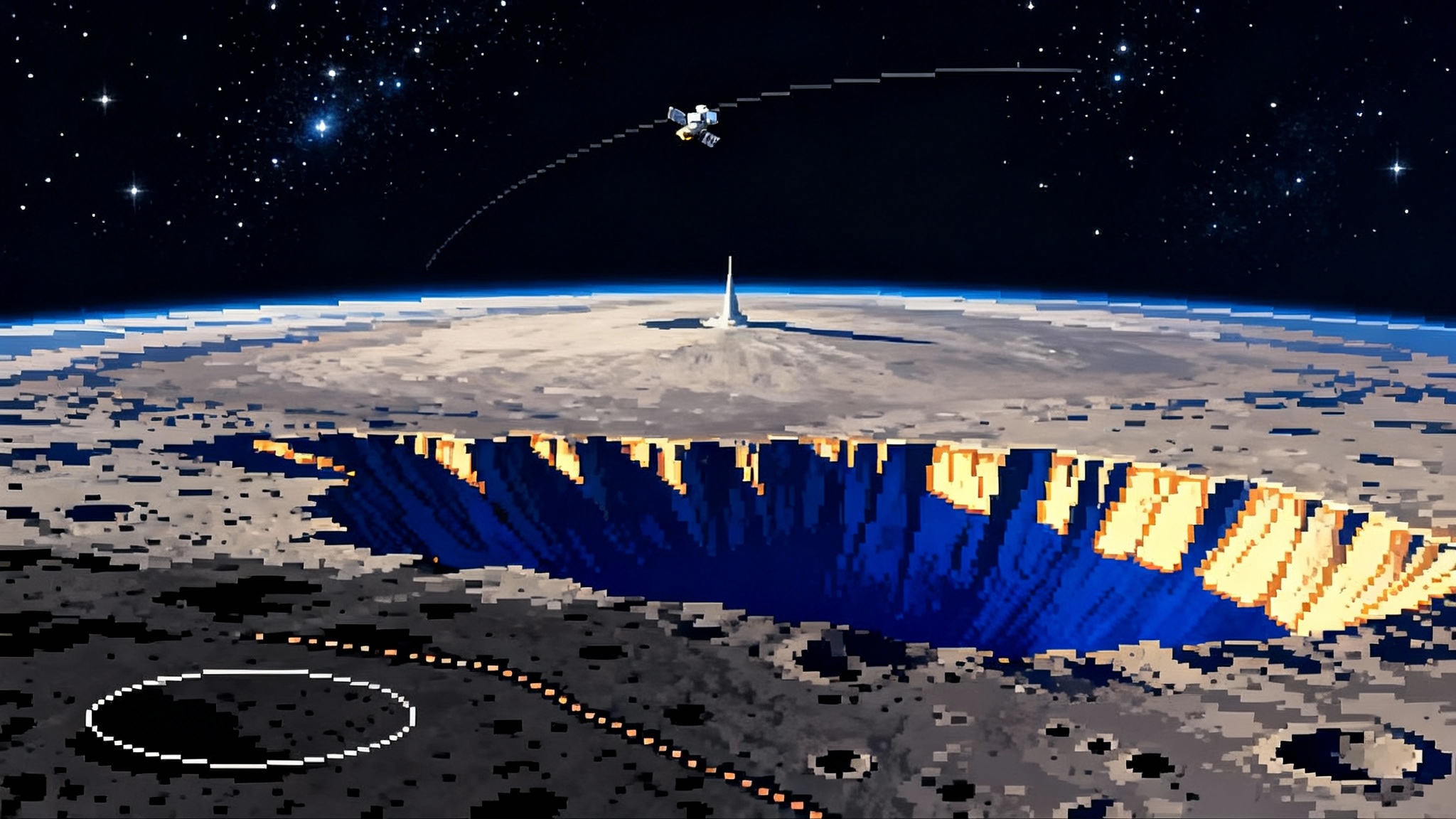Enceladus’ fresh organics demand a 2030s life-hunt mission
A new Nature Astronomy result reports complex organics in freshly ejected Enceladus plume ice, strengthening the case for a fast-tracked orbiter-lander. Here is a pragmatic plan to pivot funding and schedules now and make a definitive life search fly in the 2030s.

Breaking: the cleanest chemical clue yet from an ocean world
A new analysis finds complex organic molecules in freshly ejected ice from Enceladus’ plumes, not the weathered grains long circulating in Saturn’s E ring. Fresh grains are a more faithful sample of the subsurface ocean. For the first time, the chemistry we want to test on a lander appears in material that left Enceladus only minutes before Cassini sampled it. That is the difference between reading a menu and taking a bite. See the primary summary in this university release on the fresh Enceladus organics analysis.
Why does fresh matter? Cassini previously tasted grains after months to years in space, where radiation and micrometeorites scramble delicate molecules. The new work isolates young grains from a 2008 flyby, captured just as they burst from tiger stripe fractures. The organics look less altered and more complex, sharpening the case that Enceladus’ ocean chemistry is active and diverse.
Add this to a decade of habitability clues. Cassini detected molecular hydrogen in the plume, a hallmark of water-rock interaction at hydrothermal vents, and modeling plus mass spectra point to abundant phosphates. Energy sources and key elements are no longer the speculative part. The unknowns now center on biology.
The accelerationist case: change the queue, not the goal
A life-detection mission to an ocean world is hard, but the order of operations is ours to control. We can fast-track Enceladus without abandoning other priorities by reusing instruments, riding the momentum of two flagships already en route to the outer solar system, and shifting near-term technology work to flight-like demos. For programmatics, the BepiColombo’s reroute case study shows how agile trajectory and planning choices can unlock better science without breaking the bank.
The argument is simple:
- The newest finding removes a major ambiguity. Fresh plume ice contains complex organics that better reflect the ocean’s chemistry, reducing the risk that a negative result would be blamed on bad samples rather than bad hypotheses.
- The hardware we need is not imaginary. High resolution mass spectrometers, dust analyzers, thermal imagers, ground-penetrating radar, and magnetometers exist today or have direct flight heritage.
- The budget window is shifting. With Mars Sample Return being replanned, a fraction of that capacity can seed a first definitive ocean-world life hunt.
Let the pathfinders de-risk Enceladus
Two missions already in flight will deliver data that directly reduce Enceladus risk.
- Europa Clipper. Launched in 2024, Clipper arrives around 2030 for dozens of Europa flybys. It carries a time-of-flight mass spectrometer with unprecedented mass resolution for space, a dust analyzer that can read salts and organics in grains, a thermal imager to spot warm or recently active patches, a radar sounder to map ice structure, plasma sensors, and a modern magnetometer. These data are a dress rehearsal for plume sampling, contamination control, and life-relevant chemistry, even if the target world differs.
- ESA’s JUICE. After inner-solar-system assists, JUICE will reach Jupiter in the early 2030s, perform Europa flybys, and then focus on Ganymede. Instruments from radar to plasma packages will refine models of plume physics, surface textures, and radiation conditions that inform sampling speeds, fly-through geometries, and landing hazards for Enceladus.
By the early 2030s we will own a library of lessons on mass spectrometry in vacuum, dust capture at kilometer-per-second speeds, and ice-shell sensing. That is the exact playbook an Enceladus mission needs.
Build what works: a pragmatic Enceladus mission stack
Think of this as Orbilander’s practical cousin, trading ambition for speed, reusing heritage, and explicitly targeting falsifiable biosignatures.
1) Orbiter with plume fly-throughs
- High resolution mass spectrometer tuned to separate complex organics and isotopes, paired with a dust analyzer optimized for water-ice grains to collect intact macromolecules during multiple plume transits at different speeds and geometries.
- Articulated, soft-metal capture plates validated for high capture efficiency at relevant velocities.
- Context payload: thermal imager for warm fissures, stereo imaging for meter-scale hazards, radar sounding to map near-surface voids and layer structure near the south polar terrain, plus radio science and magnetometry for interior constraints.
2) Lander with a surface scoop and bake-out lab
- Surface acquisition: a short-reach articulated scoop and passive collectors to gather frost and fall-back plume snow near active fissures.
- Sample processing: sealed ovens that gently warm and then ramp-heat samples, with derivatization agents for amino acids and carboxylic acids. Evolved gases feed two paths: a separation-capable mass spectrometer and a microfluidic capillary electrophoresis system with laser-induced fluorescence to probe hard-to-mimic patterns such as homochirality.
- Cross-checks: microscopy for cell-like morphologies and polymer films, plus electrochemical sensors for pH, redox, and key ions. A small optical seismometer listens for icequakes that flag active conduits and sample freshness.
The decadal survey’s framing of Orbilander shows a combined orbiter-lander approach packaged for a flagship. For architecture and cadence details, see the Orbilander flagship concept chapter.
Pull the schedule left with targeted demos
Fast does not mean rushed. It means we buy down specific risks early with small, cheap, decisive, flight-like tests over the next 24 months.
- High velocity organic capture test: fly a suborbital or orbital demonstrator that fires water-ice grains infused with proxy organics into capture foils at 1 to 3 kilometers per second, then runs on-board mini mass spectra to verify intact recovery above 1,000 daltons.
- Microfluidic life-detection package in space: deliver a microcapillary electrophoresis cartridge with derivatization on a small satellite or the International Space Station to calibrate contamination control, reagent stability, and detection limits after long dormancy.
- Bake-out ovens with derivatization on a lunar payload: use a commercial lunar delivery to prove sealed ovens, reagent deployment, and cleanliness under cryogenic conditions. For inspiration on nimble risk retirement, see Tianwen-2 mission design lessons.
Funding reality: use the replanning moment
Mars Sample Return, once the unmovable object in the planetary budget, is in flux. Rather than idling teams or shrinking the entire program, NASA and Congress can redirect a fraction of that capacity toward a defined Enceladus new start. This does not end the Mars story; it rightsizes it while keeping America in the lead on first life detection in our solar system. Improvements in launch cadence also help. See our take on heavy-lift cadence lessons that can expand mission windows and mass margins.
If you want rough bounds, the decadal survey placed an orbiter-lander flagship in line with other flagship costs. Start work by the early 2030s and you can launch in the 2030s with arrival in the early 2040s, or accept a longer cruise to keep power and thermal margins kinder. The science case is stronger on timing grounds because the organics we care about are now confirmed in fresh grains.
How Europa Clipper and JUICE de-risk site selection and sampling
- Finding the vents: thermal imaging techniques that separate true anomalies from rough ice will transfer directly to picking the safest, freshest frost fields on Enceladus. Radar lessons on voids, layering, and dielectric contrasts carry over to landing-zone vetting around tiger stripes.
- Sampling playbook: mass spectrometer and dust analyzer operations will refine intake geometry, pump cycles, and plume transit speeds for intact capture of macromolecules, the difference between fragment spectra and real molecular structures.
- Radiation and plasma: Europa’s harsh environment forces calibration workflows that transfer to Enceladus orbital science for ocean induction signals and radio science, shrinking iteration loops for interior models.
- JUICE context: Europa flybys and the long tour will sharpen plume dynamics models and validate how well ice-penetrating radar maps subsurface structure in practice, narrowing bounds on safe landing footprints and expected plume variability.
The risk we must own: false positives and planet protection
Life detection fails in two predictable ways: we fool ourselves with contamination or we set thresholds biology could never meet. The antidotes are boring and effective. Fly redundant life-detection pathways that do not share failure modes. Bake out collectors and plumbing in flight. Keep reagents sealed behind burst disks until the last possible moment. Require two unrelated instruments to agree on at least one pre-specified biosignature. Publish the thresholds in advance. For planet protection, accept the highest standard and build it into procurement early.
What success looks like
On orbit, success is a confident inventory of organics up to high masses, isotopic ratios that bracket ocean chemistry, and plume variability maps tied to specific fissures. On the surface, success is a biosignature distribution statistically inconsistent with abiotic pathways under Enceladus conditions, confirmed by at least one orthogonal method. A null result is still a win if it closes the door on popular abiotic and biotic pathways with clear detection limits.
A decision in plain view
This week’s fresh-organics result is the kind of nudge science rarely gives policy. The signal is close to the source. The tools are on the shelf. The risk reducers are in flight. The budget window is open. If we want to make the first modern ocean-world life hunt real, the decisive act is to greenlight an Enceladus orbiter-lander for a 2030s launch, with targeted demos starting now. That is how you turn a weekly paper into a once-in-a-century discovery.
